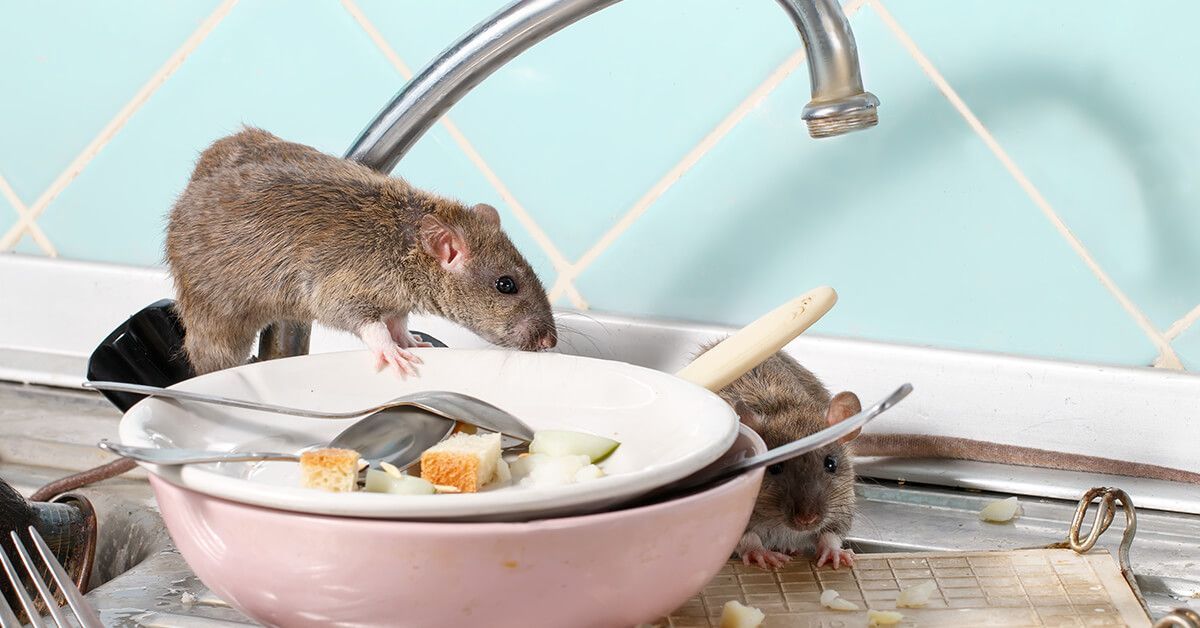How Pests Get Inside Your House
Even though your walls appear to be sturdy, they are often covered with small insect passageways. Because little insects may get through even the tiniest holes, you may not be able to completely bug-proof your house. Most holes, especially the bigger ones that become rodents and other insects’ entryways, can easily be sealed.
Put on some old clothing, since you’ll have to get on the ground, slink behind shrubs and even crawl beneath your deck to check your home’s exterior. Take a flashlight and a mirror along. If mice are your major worry, also pack a pencil. If you can slip the pencil into a crevice, it’s large enough for a baby mouse to fit through.
Take your time and study every square foot of your home. Wall penetrations, doors and windows, the foundation, dryer vents, exhaust fans, and roof vents are all important locations to examine.
- Inspect Your House Siding and the Foundation
Using a mirror, inspect the bottom of your siding. If you notice a foundation gap, mark the place with masking tape so you can seal it later.
- Cover Gaps Using Mesh
With a screwdriver, insert a substantial amount of copper mesh, allowing approximately half an inch of room for expanding foam sealant. Fill any gaps with foam.
- Caulk any Gaps Between the Trim and the Siding.
Acrylic latex caulk can be used to fill gaps between trim and siding. To wipe up any stray caulk, keep a moist cloth on standby. With a damp finger, smooth the bead.
- Seal Gaps at Doors and Windows
Seal doors, windows, and basement sashes using adhesive-backed weatherstripping. Clean the surface beforehand so that the weatherstrip sticks properly.
- Check for Gaps in the Dryer Vent.
Check dryer vents to ensure that the damper isn’t jammed open or entirely broken off. Additionally, ensure that the seal between the vent and the wall is tight.
- Protect Wood From Moisture
Insects and other tiny pests need to take moisture from their environment to survive, therefore they avoid dry areas and prefer moist ones. If the soil surrounding your house, the foundation, and the walls are dry, it’ll be less enticing to insects, spiders, and centipedes. Rake wet dirt and mulch away from window frames and low timber. Turn your mulch on a regular basis to help keep moisture at bay, and keep shrubs cut back as well.
- Pet Food Should Be Stored
Rodents cannot climb the smooth, vertical edges of a closed metal trash can, so keep pet food in one. Sealed plastic containers are another viable alternative.
- The Mouse Trap Method
When used properly, snap-type mouse traps may be an efficient way to rid your home of mice. Snap traps may appear brutal, but they are a more humane approach to eliminate mice than a prolonged death from a glue trap or poisoned bait. And, because you threw the remains in the garbage, there will be no dead mouse surprises later.
Poor trap placement and applying too few traps are common errors in do-it-yourself pest management. Mice have limited vision and prefer to rely on their senses to navigate their way around walls. Install snap traps along walls where you’ve noticed the unmistakable brown pellets.
- Spider Solution
You can practically remove spiders in your basement by using a dehumidifier to keep the humidity level around 40% and brushing away cobwebs as soon as they develop. Keep the basement window sills tidy as well. The spider population will drastically decrease in a few weeks.
- Cockroaches Must be Exterminated.
Tucking paper bags underneath the kitchen sink is tempting, but it results in a cockroach haven. Worse, when the cockroaches come in, they leave behind pheromone-laced fecal pellets. It is typically preferable to contact a professional exterminator if you have cockroaches.
You can hire a professional who understands cockroach behaviour and will place the bait in difficult-to-reach places. A good exterminator will also guarantee the job. If you need a professional exterminator to do the job for you, contact Local Exterminator.




